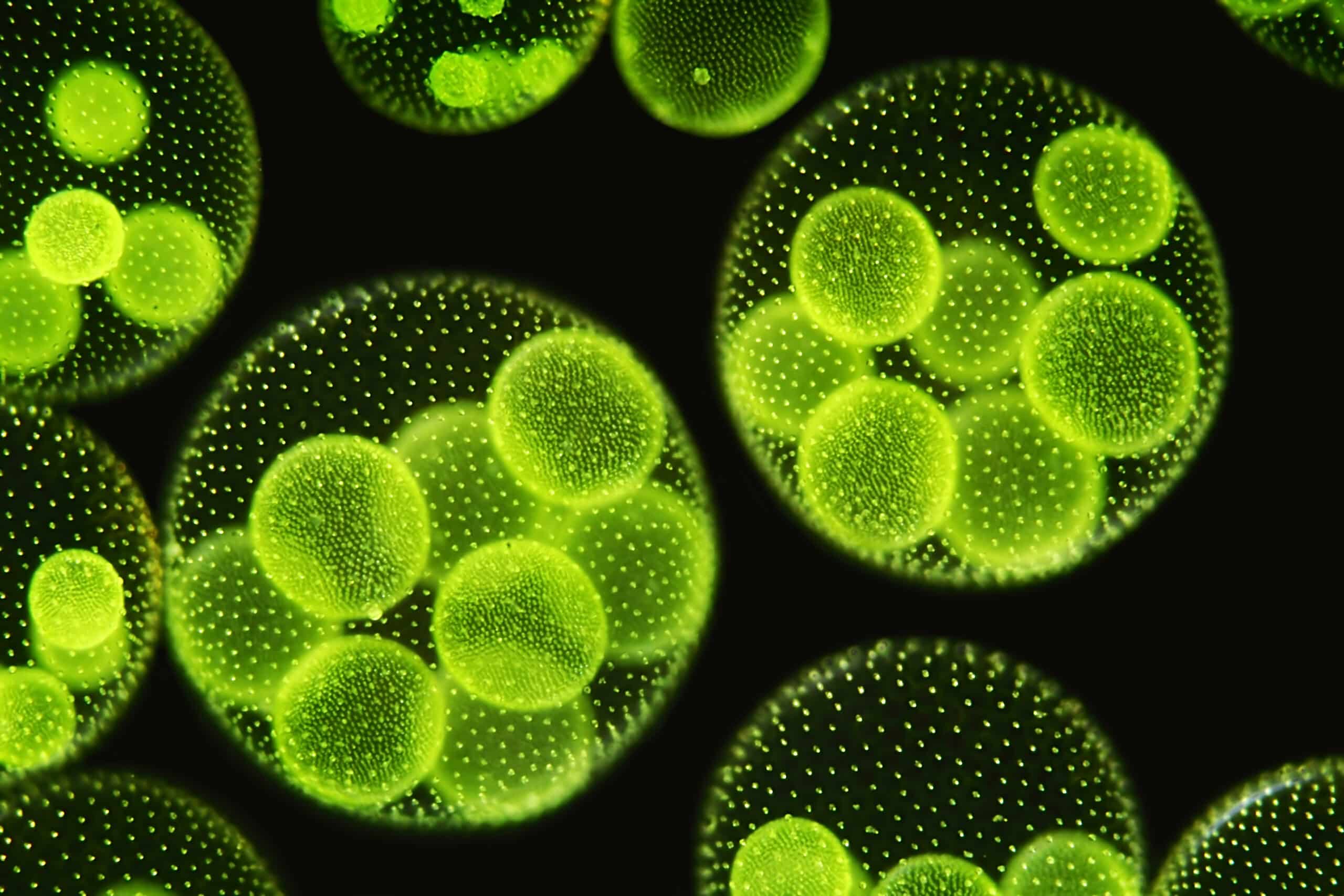Algae could be used in medicines, foods, and as a renewable source of fuel using a new high tech gene editing technique. This could be a cheap and environmentally sound way of making products for food, medicine, plastics, cosmetics, and the list goes on according to the scientists at the University of Edinburgh.
Algae is known for the ability to make and be used in useful products. But the lack of engineering tools has held back and hindered basic research and growth of the industry for decades. To improve the efficiency of gene editing to increase current yields of products that are made from algae and advance research to enable the use of algae to make new products such as medicines the team took on this study as published in the journal Proceedings of the National Academy of Sciences.
The technique uses CRISPR molecules that act as scissors to cut into DNA which allows for adding of new genes or modifying of existing ones. Until recently scientists have not been able to develop a method that works with algae. In an attempt to overcome the research hinderance the team used these CRISPR molecular scissors and short pieces of DNA and added them directly to algae cells to make direct, specific, and precise modifications to the genetic code. This method increases efficiency by 500 times fold when compared to other techniques, which could possibly unleash the vast potential of the global algae industry which is projected to be worth upwards of $1.1 billion by 2024.
This technique was developed in a species of algae called Chlamydomonas reinhardtii. This method has the great potential to be used to engineer crops to increase yields, enable crops to survive and thrive in harsh climates, and improve disease resistance. The Biotechnology and Biological Sciences Research Council and Scottish Bioenergy have funded this study.
The findings mark an important advance in the large scale algal genome engineering. This technique is applicable to a wide range of algae species, potentially paving the way to development of designer algae, which may have many biotechnology applications.




